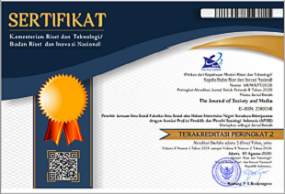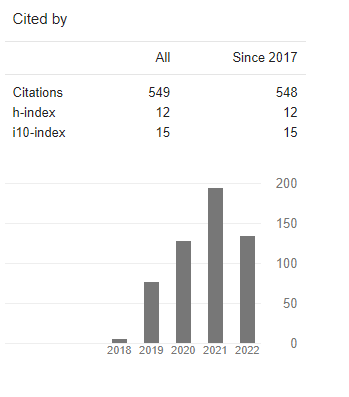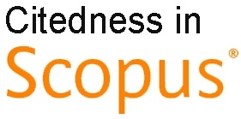WHATSAPP DAN PEMILIH PEMULA DI KOTA MEDAN: Partisipasi Politik Era Demokrasi Digital pada Pemilihan Gubernur Provinsi Sumatera Utara 2018
DOI:
https://doi.org/10.26740/jsm.v2n2.p81-103Keywords:
Digital democracy, political participation, new voter, WhatsAppAbstract
This article discusses the political participation of new voters of WhatsApp users in the city of Medan in the governor election of Sumatra Province in 2018. The purpose of the study was to find out about the understanding of democracy and the level of political participation of new voters who use WhatsApp social media as a political discussion. Beginner voters are defined as community members who have the right to vote, aged 17-21 years or have/have been married and registered as a Permanent Voter List. In order to approach the research problem, this study uses the theory of public sphere and contagion. Public sphere is a digital space where critical, rational and objective discussion is transmitted to others. The problem in this study focused on how political participation of new voters who use WhatsApp in city of Medan in North Sumatra gubernatorial election 2018?. Can WhatsApp social media be considered a public sphere in the digital age? The results of the study show that the political participation of new voters of WhatsApp users has increased significantly but the understanding of democracy is co-opted in the politics of identity. Digital democracy is castrated by politics of identity because of the social situation, family environment, relatives and peers, the influence of the pulpit and the religious scriptures and ethnic communities. Then, WhatsApp social media is not a public sphere but 'mono sphere' or 'solo sphere' which is privatized as a limited discussion room with family, relatives, peers, friends of religion and ethnic friends.
References
Downloads
Published
How to Cite
Issue
Section
 Abstract views: 1783
,
Abstract views: 1783
, PDF Downloads: 1009
PDF Downloads: 1009












